Best Places to Visit in Sigiriya
Introduction
Discovering Sigiriya is like stepping into a vibrant tapestry of Sri Lanka’s rich history and natural wonders. From the iconic Sigiriya Rock Fortress to the tranquil Dambulla Cave Temple, this ancient city invites travellers to explore its diverse landscapes and cultural treasures. Here is a list of the best places to visit in Sigiriya.
Sigiriya Rock Fortress
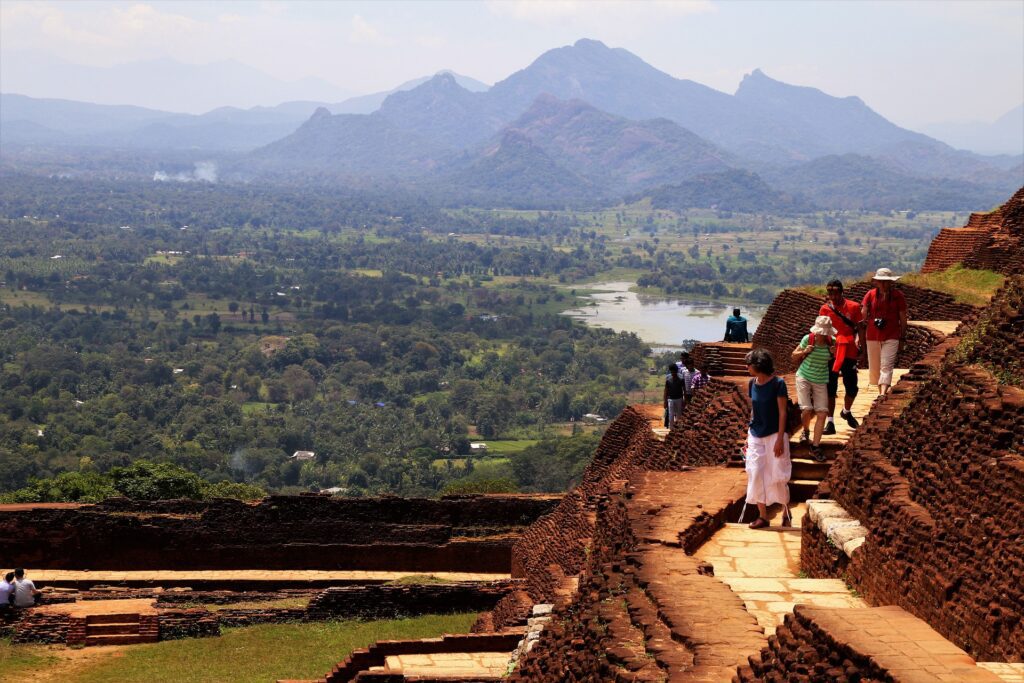
Sigiriya Rock, also known as the Lion Rock, is the ancient fortress that gives Sigiriya its fame. This UNESCO World Heritage Site features a citadel, palace ruins, the Lion Gate, gardens, moats, the Mirror Wall, and numerous beautiful frescoes (paintings created on wet plaster walls).
The name Sigiriya comes from the lion claws carved at the entrance of the Lion Gate. You can reach the Sigiriya Fortress by bus or train from the main towns of Dambulla or Habarane. The name of the fortress is derived from the words ‘Simha,’ meaning Lion, and ‘Giri,’ meaning Mountain. The site includes a meticulously planned fortress, ruined halls, a citadel, the Mirror Wall, and many ancient wall paintings known as ‘Frescoes.’
The fortress is surrounded by stunning gardens and moats. It was built by King Kashyapa after he moved his capital to Sigiriya. The climb to the top takes about an hour and offers ethereal views of the land below. However, the steep climb can be challenging in some areas and is not recommended for the elderly. The site is open from 7:00 AM Monday to Saturday and is easily accessible from nearby towns. The entrance fee is well worth it for the breathtaking views you’ll encounter.
Lion’s Paws
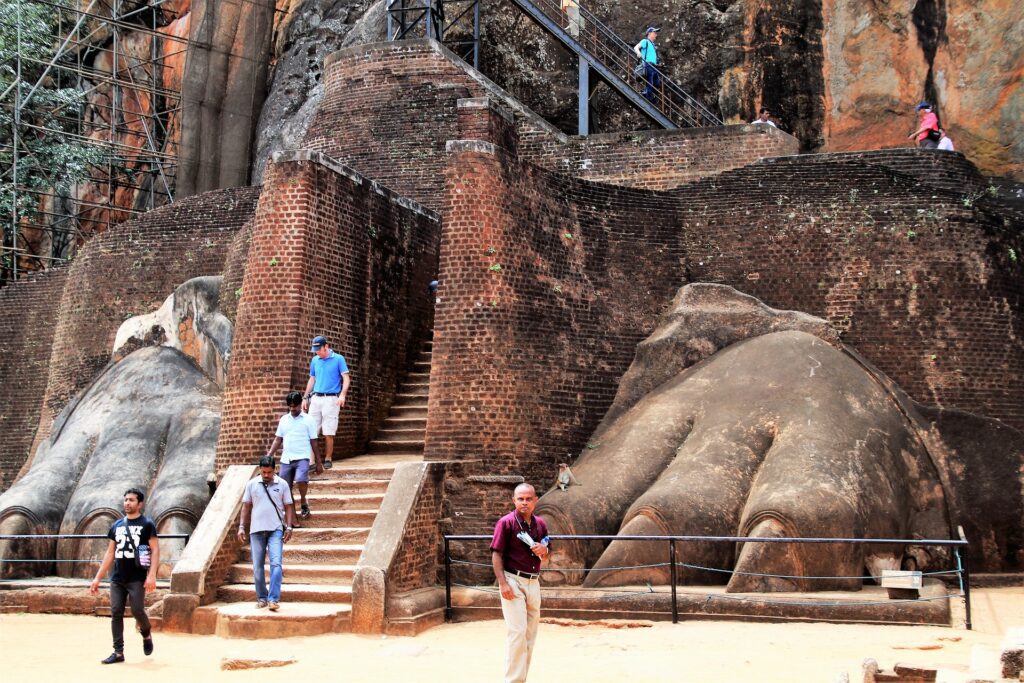
One of the most iconic features of the Sigiriya fortress, Lion’s Paws is located just before the summit of Sigiriya Rock. True to its name, the structure consists of two massive paws flanking a staircase that leads up to the royal palace.
Originally, this attraction was a grand and intricately carved structure featuring the head, chest, and paws of a crouching lion with open jaws, guarding the entrance to King Kashyapa I’s 5th-century royal residence. Today, only the paws remain, serving as a testament to the grandeur and significance of King Kashyapa’s reign.
Kaudulla National Park
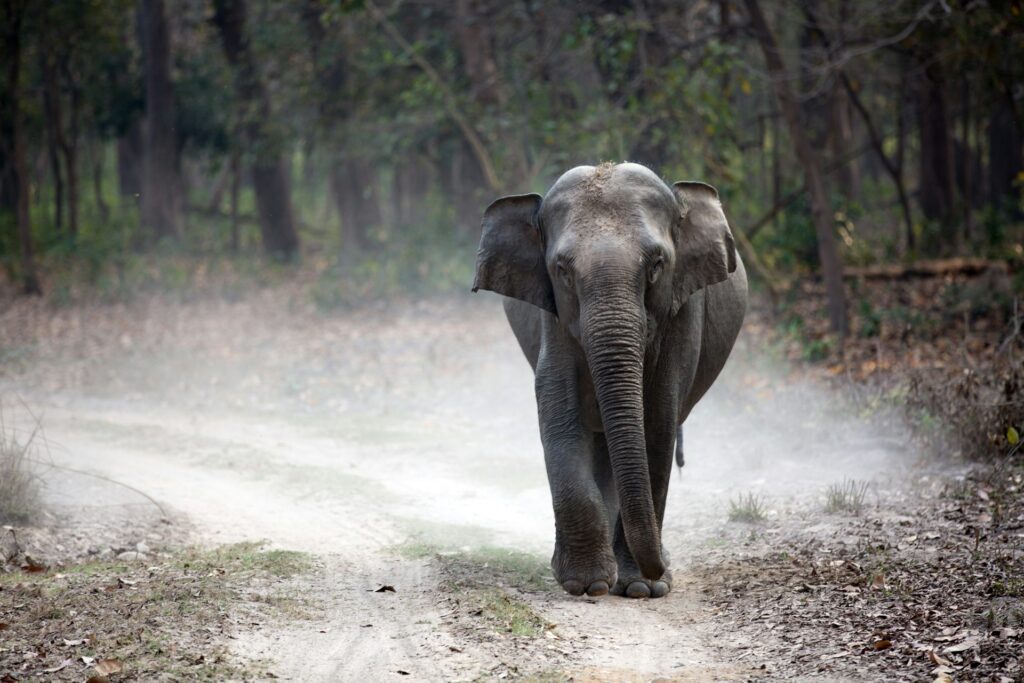
Kaudulla National Park, recognized as such in April 2002, spans 6,656 hectares and links to the Somawathie Chaitiya and Minneriya Wildlife Parks. Originally a reserve, Kaudulla now attracts herds of elephant families, often numbering around 350.
The park’s diverse flora includes tropical dry mixed evergreen forests, chena lands, grasslands, and wetlands, featuring various small shrubs. This rich ecosystem supports a wide range of fauna, including endemic and endangered species of both animals and birds.
Kaudulla’s landscape is dotted with water pools where elephants often congregate in the summer. Visitors can find travel guides for assistance and local animal experts to care for the wildlife. The park is a haven for photographers, offering opportunities to capture the many birds that soar overhead and perch in the trees.
Pidunrangala Rock
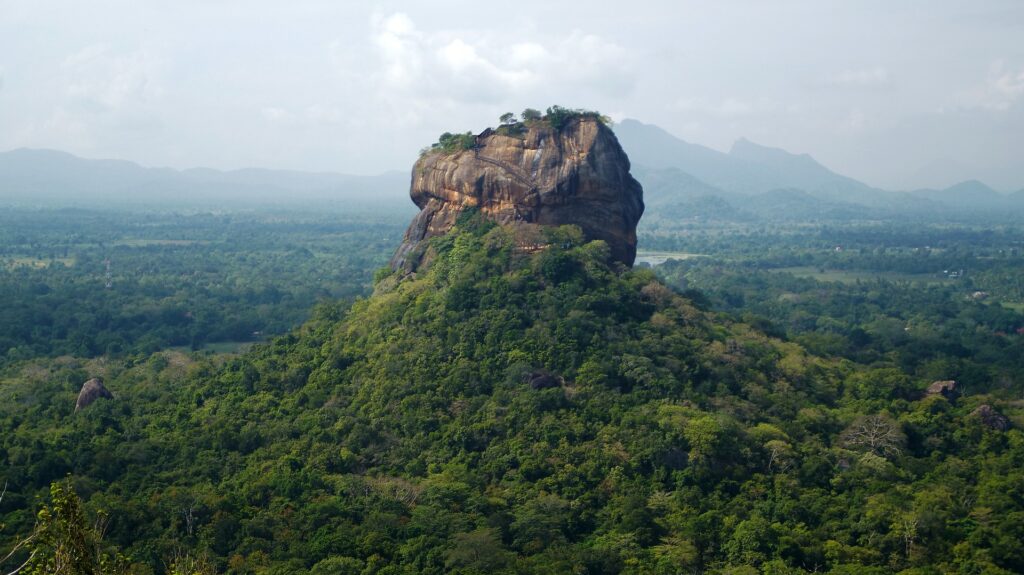
Pidurangala Rock, located a few kilometers from the renowned UNESCO site Sigiriya Rock, is celebrated for its stunning view of Sigiriya from its summit, the white temple at its base, and the large reclining Buddha statue beneath an ancient boulder.
Often referred to as the Sister Rock of Sigiriya due to their proximity, Pidurangala Rock features the Pidurangala Vihara, a white temple where monks reside and Buddha is worshipped. Midway through the hike, visitors encounter a massive reclining Buddha statue under an ancient boulder. Although less popular with tourists compared to Sigiriya Rock, the hike to Pidurangala’s peak offers a view that rivals the UNESCO site, particularly known for its breathtaking sunrise vistas.
The Dambulla Cave Temple
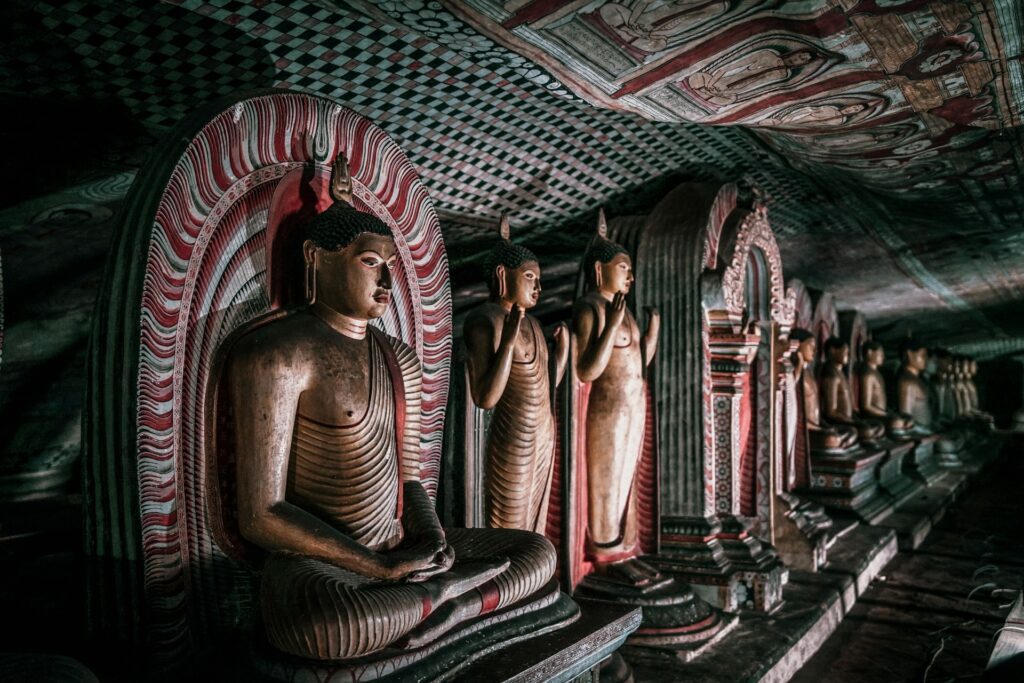
The Dambulla Cave Temple, also known as the Golden Temple of Dambulla, is a UNESCO World Heritage Site. It is the best-preserved and largest cave temple complex in Sri Lanka, consisting of five main caves filled with numerous statues of Lord Buddha, as well as figures of kings and Lord Vishnu.
Accessible only on foot by climbing the Dambulla Rock, the ascent offers panoramic views of the flatlands below. Despite being challenging for some, the temples and viewpoints make the effort worthwhile. From the Dambulla Rock, there is also a spectacular view of the Sigiriya Rock Fortress. Each of the five rock caves in Dambulla has its own unique name and significance, reflected in the paintings and sculptures within. Constructed at various periods in Sri Lanka’s history, these caves provide insights into the evolving culture, making it a beautiful and significant heritage site to visit.
Polonnaruwa
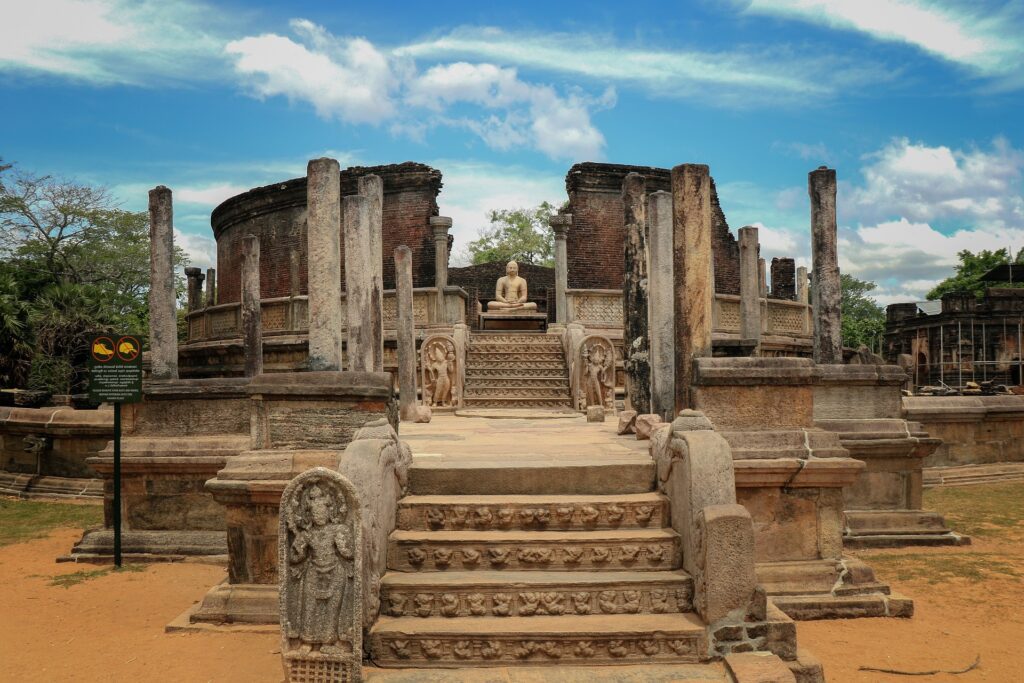
Polonnaruwa, located in Sri Lanka’s North Central Province, is a UNESCO World Heritage Site and a prominent historical and cultural destination. Known for its well-preserved ruins, the ancient city features royal palaces, temples, monasteries, and various other religious and secular structures. As Sri Lanka’s second oldest kingdom, Polonnaruwa boasts a rich heritage that attracts thousands of tourists. It is situated about 2 hours from Sigiriya and approximately 4 hours from Kandy, forming part of the cultural triangle that includes Sigiriya, Polonnaruwa, and Anuradhapura.
The town is divided into two sections: the New Town of Polonnaruwa and the Old Site, which contains ancient remains and royal structures. Among the numerous ruins, which date back 800 years, are tombs, temples, statues, and stupas. One of the most iconic landmarks is the Royal Palace complex, once the residence of the ruling monarchs. Though now in ruins, it offers a glimpse into the grandeur and sophistication of ancient Sri Lankan architecture. Another notable site is the Gal Vihara, featuring four colossal Buddha statues carved into a single granite rock face.
Trincomalee Beaches
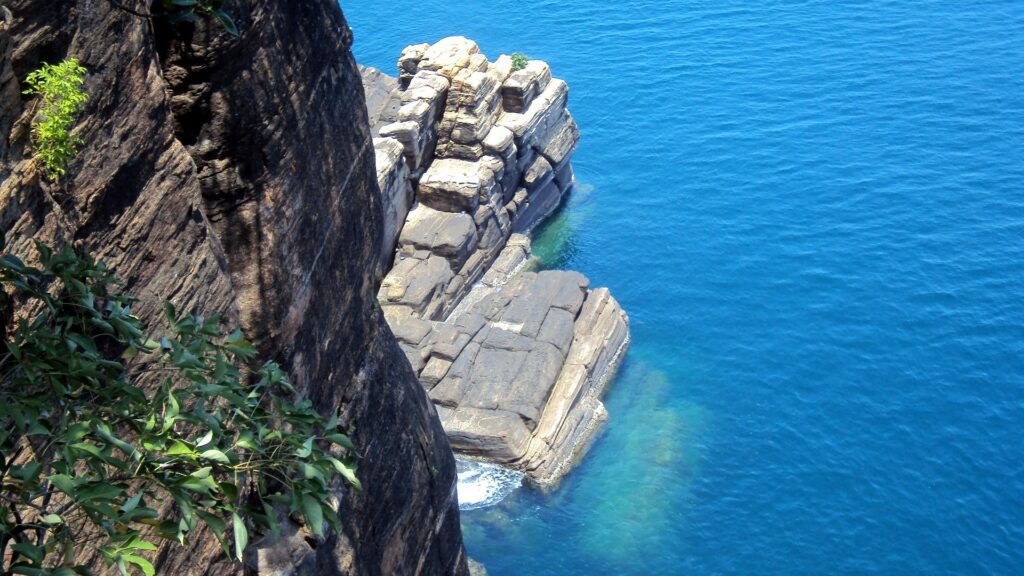
Trincomalee is renowned for its pristine white sandy beaches and serves as a popular port city. Trincomalee is particularly famous for blue whale watching, offering visitors a chance to witness these majestic creatures in their natural habitat. The beaches in Trincomalee not only provide breathtaking views but also host a variety of thrilling water sports, including scuba diving, kayaking, and more.
In addition to its natural beauty and water activities, Trincomalee is rich in cultural and historical significance. The city is home to the ancient Koneswaram Temple, perched on Swami Rock, which offers panoramic views of the Indian Ocean. Fort Frederick, built by the Portuguese in the 17th century, adds a historical touch to the city’s attractions. Trincomalee also boasts hot springs at Kanniya, believed to have therapeutic properties. With its blend of natural wonders, cultural landmarks, and adventurous activities, Trincomalee is a must-visit destination in Sri Lanka.
Frequently Asked Questions About Sigiriya
What is Sigiriya?
Sigiriya, also known as Lion Rock, is an ancient rock fortress and palace located in the Matale District of Sri Lanka. It is a UNESCO World Heritage Site renowned for its archaeological and historical significance, featuring ruins of an ancient palace, frescoes, and elaborate water gardens.
Why is Sigiriya called Lion Rock?
The name Sigiriya is derived from the Lion’s Paws, two massive carved paws that flank the staircase leading to the summit of the rock. Originally, the entrance to the fortress included a large lion’s head, chest, and paws, giving it the name Lion Rock.
Who built Sigiriya and when?
Sigiriya was built in the 5th century by King Kashyapa I as a fortress and royal palace complex. It served as the capital of his kingdom.
How can you reach Sigiriya?
Sigiriya can be reached by bus or train from major towns such as Dambulla or Habarane. It is also accessible by car or organized tours.
How long does it take to climb Sigiriya Rock?
The climb to the top of Sigiriya Rock takes about 1 to 1.5 hours, depending on your pace and the time spent exploring the different levels and attractions along the way.
Is the climb to Sigiriya Rock difficult?
The climb can be challenging due to its steep and narrow staircases. It is not recommended for the elderly or those with mobility issues. However, there are plenty of resting spots along the way.
What is the best time to visit Sigiriya?
The best time to visit Sigiriya is early in the morning or late in the afternoon to avoid the midday heat. The site opens at 7:00 AM from Monday to Saturday.
Are there any nearby attractions to visit?
Nearby attractions include the Dambulla Cave Temple, Pidurangala Rock, Minneriya National Park, and Polonnaruwa, all of which offer additional historical, cultural, and natural experiences.
What should you bring when visiting Sigiriya?
When visiting Sigiriya, it is advisable to bring water, sunscreen, a hat, comfortable shoes for climbing, and a camera. If visiting nearby temples, ensure you have a sarong or appropriate clothing to cover shoulders and legs.
Is there an entrance fee to visit Sigiriya?
There is an entrance fee to visit Sigiriya. The fee helps with the maintenance and preservation of this historical site. The price is worth it given the rich history and breathtaking views you’ll experience.










